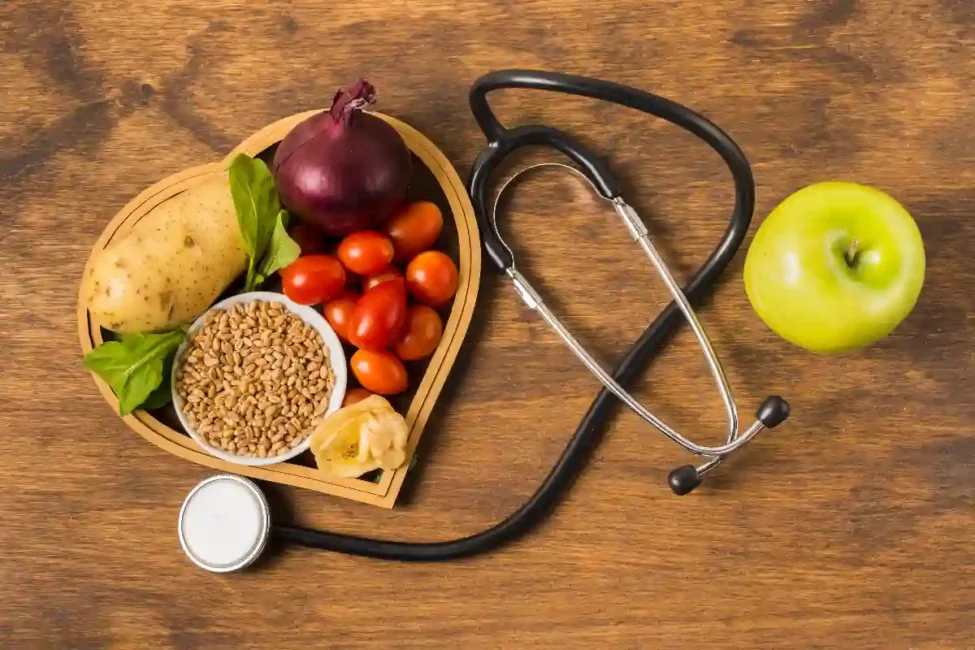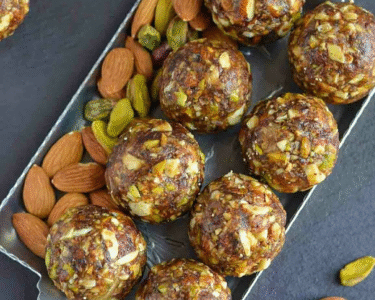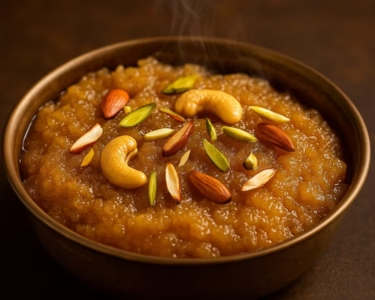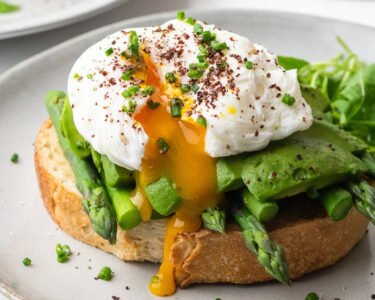Managing high blood pressure through diet involves reducing sodium intake and increasing consumption of foods rich in potassium, magnesium, and fiber.
Here are 18 foods that can help:
Leafy greens: Spinach, kale, collard greens, and other leafy greens are high in potassium, which helps regulate blood pressure.
Berries: Blueberries, strawberries, and raspberries are rich in antioxidants and fiber, which can help lower blood pressure.
Oatmeal: High-fiber foods like oatmeal can help lower blood pressure.
Bananas: Bananas are an excellent source of potassium, which can help regulate blood pressure.
Salmon: Fatty fish like salmon are high in omega-3 fatty acids, which have been shown to lower blood pressure.
Whole grains: Foods like brown rice, quinoa, and whole wheat bread are high in fiber, which can help lower blood pressure.
Avocado: Avocados are rich in potassium and healthy fats, which can help lower blood pressure.
Beets: Beets are high in nitric oxide, which can help relax blood vessels and lower blood pressure.
Garlic: Garlic has been shown to have blood pressure-lowering properties.
Greek yogurt: Greek yogurt is high in calcium and protein, which can help lower blood pressure.
Nuts and seeds: Almonds, flaxseeds, and sunflower seeds are high in magnesium and potassium, which can help regulate blood pressure.
Pomegranates: Pomegranates are rich in antioxidants and can help lower blood pressure.
Red bell peppers: Red bell peppers are high in vitamin C and antioxidants, which can help lower blood pressure.
Sweet potatoes: Sweet potatoes are high in potassium and fiber, which can help lower blood pressure.
Tomatoes: Tomatoes are high in potassium and lycopene, which can help lower blood pressure.
Dark chocolate: Dark chocolate with a high cocoa content is rich in flavonoids, which can help lower blood pressure.
Legumes: Beans, lentils, and peas are high in fiber and protein, which can help lower blood pressure.
Low-fat dairy: Skim milk and low-fat yogurt are high in calcium and protein, which can help lower blood pressure.
Incorporating these foods into your diet while reducing sodium intake can help manage high blood pressure effectively. However, it’s important to consult with a healthcare professional for personalized dietary recommendations.







